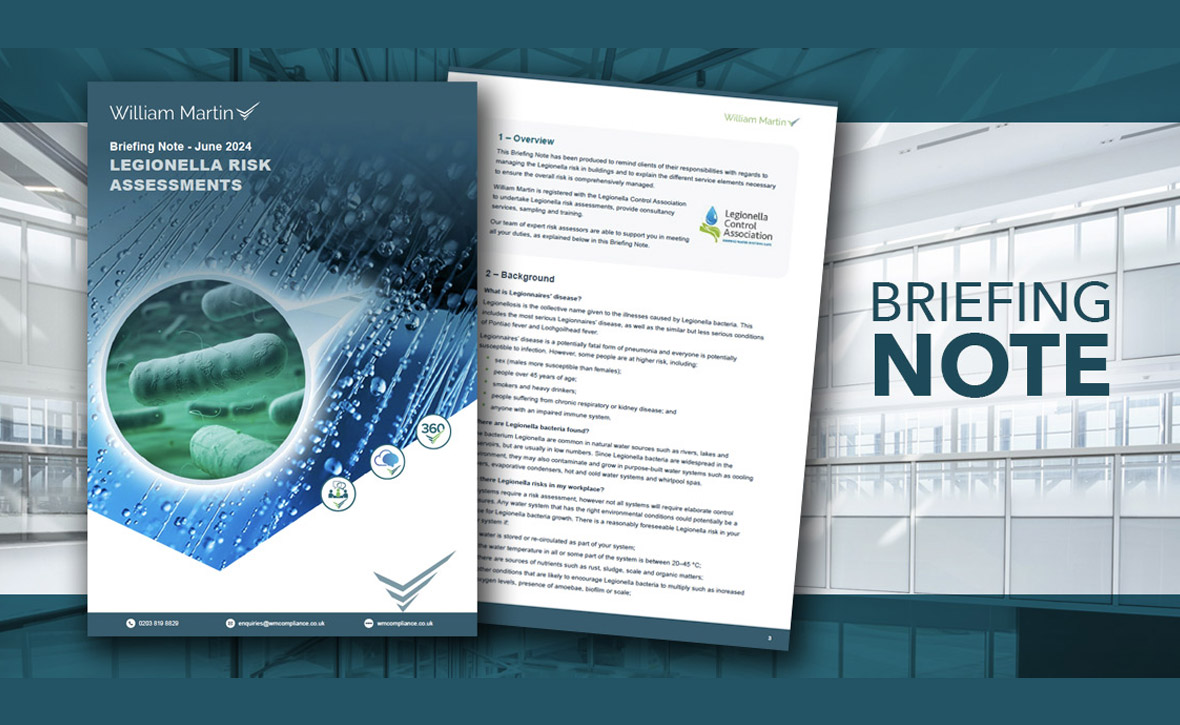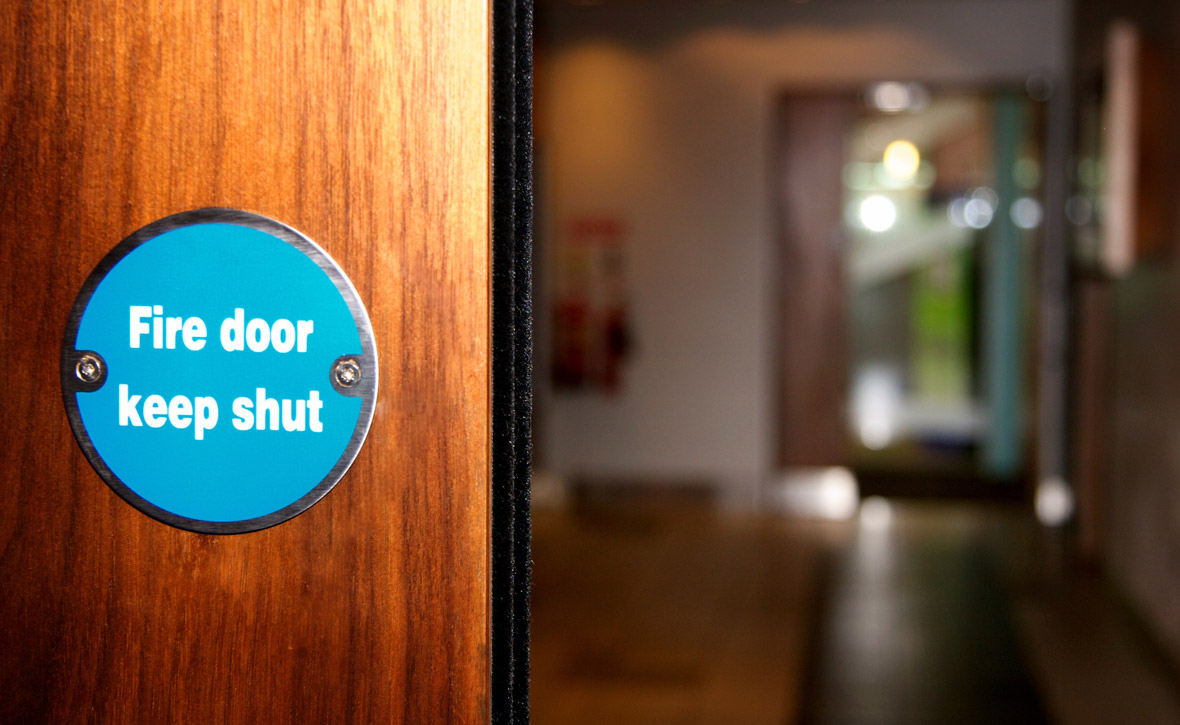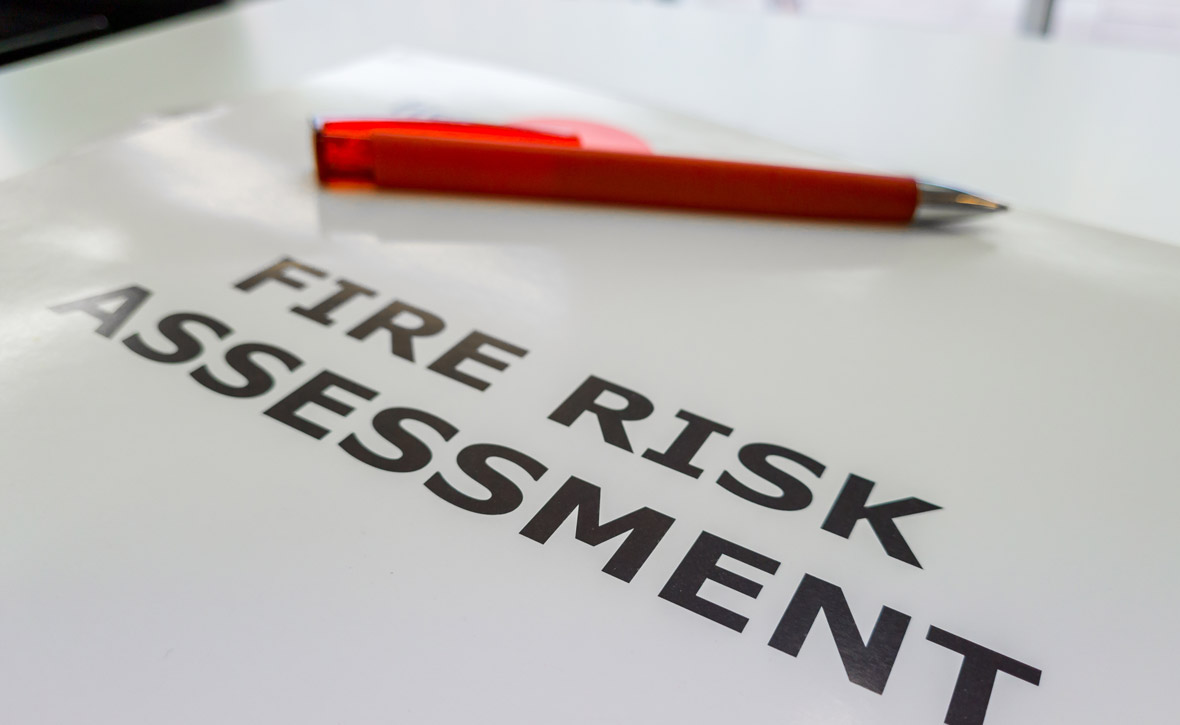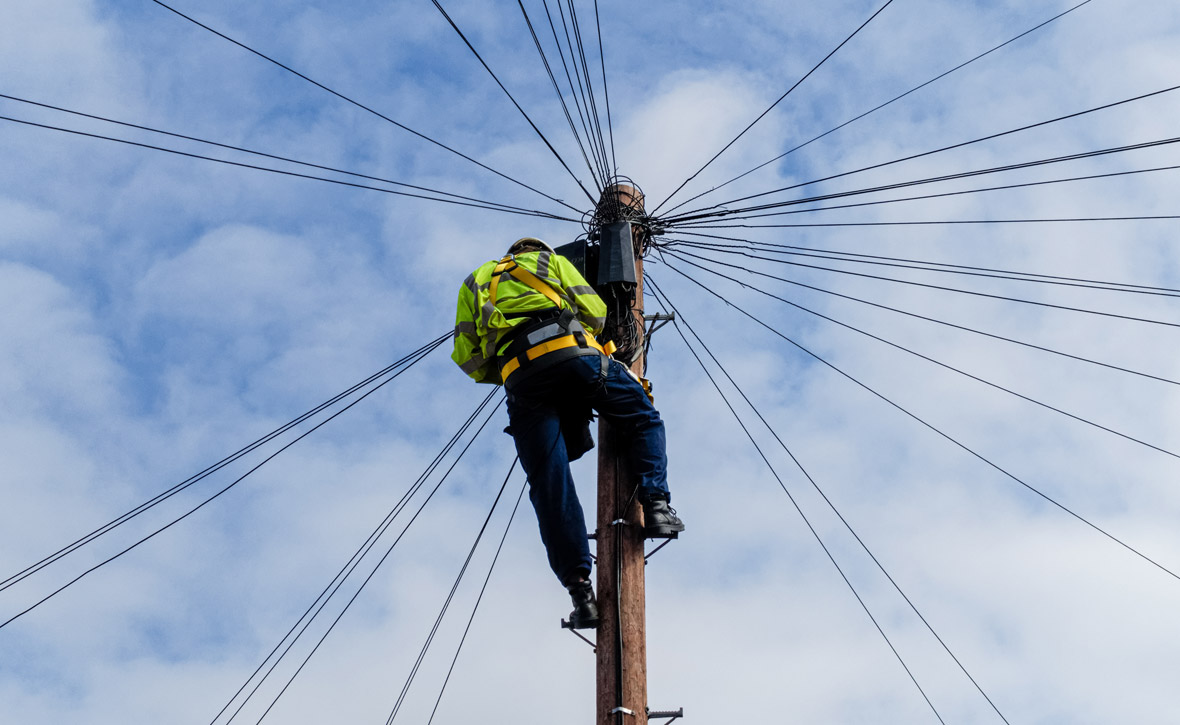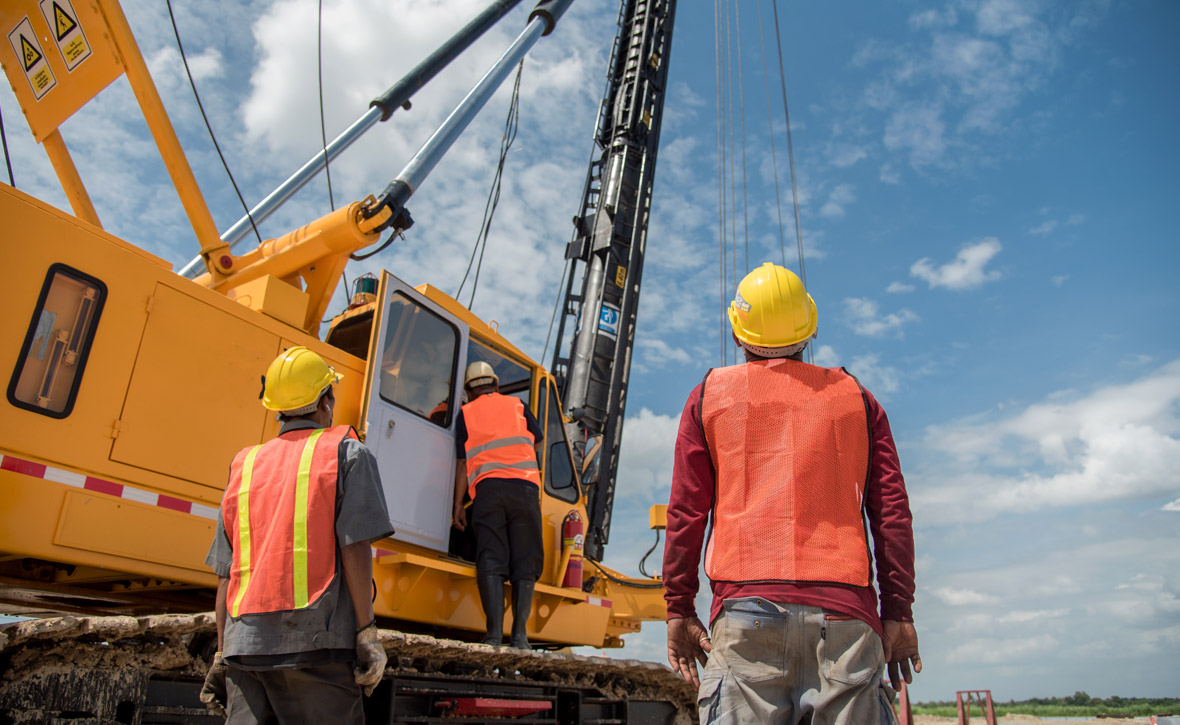December 4, 2023
Legionella Risk Assessments: Understanding the Human Impact
Legionella is a similar problem to asbestos, in that businesses don’t often take it as seriously as they should. Like asbestos, legionella can cause real harm, and even loss of life. That’s why it’s vital that building owners and managers mitigate this risk in every way possible.
Slowly but surely, Legionnaires’ disease has become more and more prominent. And, anyone can be affected no matter their occupation, location, or age.
Subject to various factors, the death rate, as a result of Legionnaires’ disease, can be between 40-80% in untreated patients (World Health Organisation, 2022). Furthermore, data from the European Centre for Disease Prevention and Control (An agency of the European Union) reported in July of this year that Legionnaires’ disease has shown a significant surge within the European Union/European Economic Area (EU/EEA) in 2021, with over 10,700 cases reported and 704 known fatalities.
There have also been several recent outbreaks which have put people at significant risk of Legionnaires’ disease. Most notably, the Bibby Stockholm incident occurred in early August this year, 2023. The Home Office decided to offer asylum seekers accommodation in the form of the Bibby Stockholm barge. However, these asylum seekers were evacuated only a few days later because legionella was found in the water system (SHP, 2023).
The results of this oversight could have been devastating which is why it’s crucial that proper health and safety checks are carried out to prevent potential legionella outbreaks.
So, what should we be doing to prevent future outbreaks and manage the risk of legionella?
How can you manage the risk of legionella?
Engineering solutions can be useful in ensuring that:
- Water storage is minimised.
- Pipe runs are as short as possible.
- The system is adequately insulated.
- There is a regular flow throughout all the system.
However, the guidance advises that, where recommended temperatures are not being consistently achieved throughout the system, legionella sampling should be carried out. This is often needed during a hot spell when temperatures rise above guidance levels.
Since COVID, many employers now offer home-based or hybrid working. The result of this is that there is lower occupancy in many office buildings. This can have a major effect on managing the risk of legionella. For example, a building, designed to service 500 people, may now only have 250 people using it. Therefore, there is likely to be an over capacity in water storage which can increase the risk of legionella.
In this instance, the risk assessment should pick up on this and put the necessary measures in place. But, if this assessment was carried out prior to the building’s users working from home, this issue could have been missed. The message we are trying to convey here is that managing the risks from legionella bacteria within your water systems is dynamic and requires you to stay alert and take action when needed.
Why do you need legionella risk assessments?
Managing legionella is not something that can be done sporadically. It should be an on-going process where there’s good communication between all involved parties. All buildings need a legionella risk assessment, from a skyscraper office to a small security hut on a retail park. William Martin can help you with your water risk management from risk assessments to strategies to support in minimising the seasonal risks.
At William Martin, we’re here to make your water safety compliance as seamless as possible. We’ve got years of experience and accreditations at your disposal and we’re on-hand to deliver expert Legionella advice. With our expert knowledge, you’ll have everything you need to elevate your water safety and achieve full compliance. We’re also registered under the Legionella Control Association and can provide legionella risk assessments to help you remain compliant across the board.
Legionella poses a serious threat to worker and public safety, so businesses must do everything in their power to ensure health and safety and put appropriate measures in place.
Speak to one of our legionella consultants today.
Contact
At William Martin, we bring together clever consultancy with smart technology, so our clients can grow. If you want to know more about how we can help you, get in touch or call our team on 0203 819 8829.
